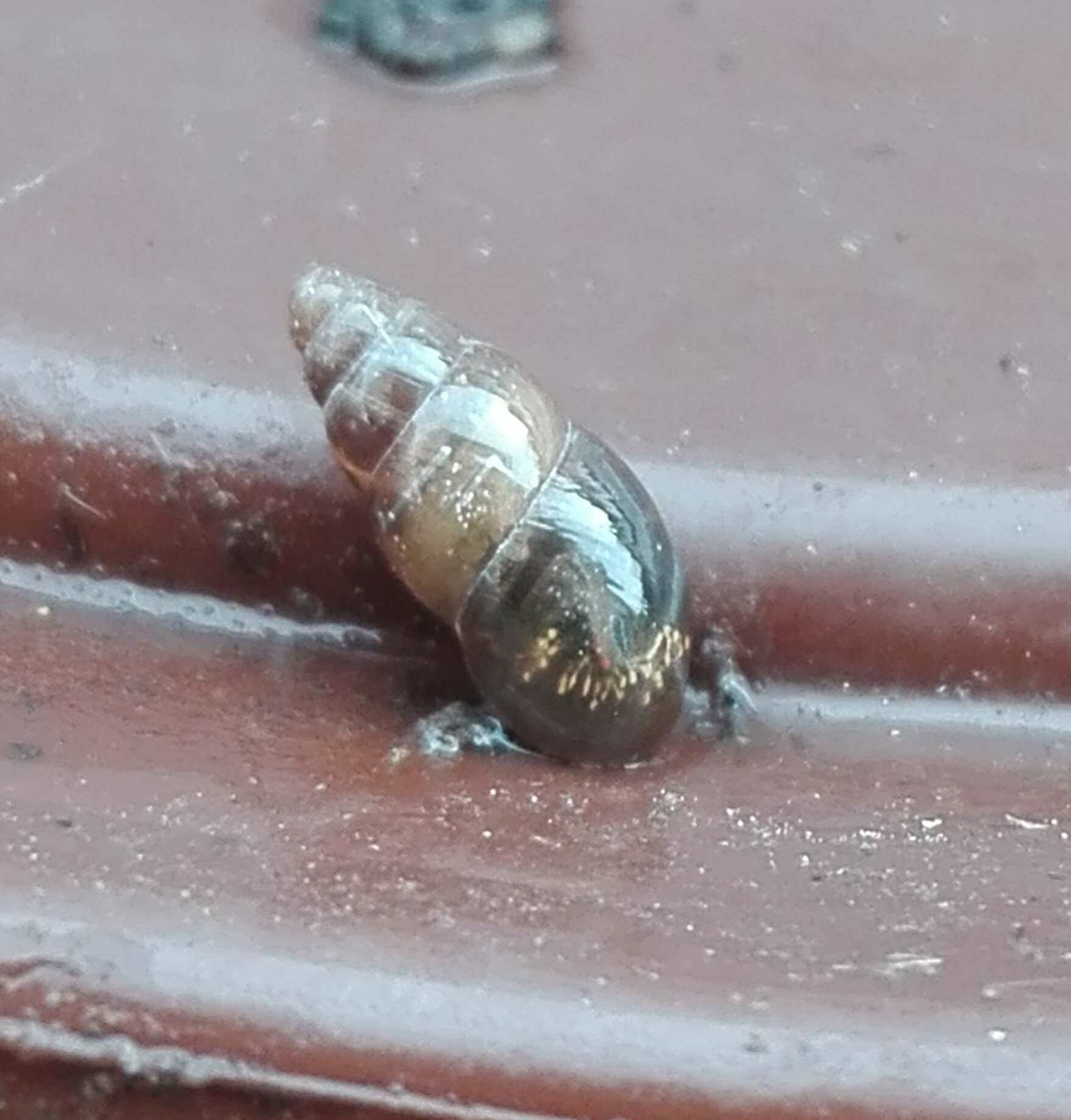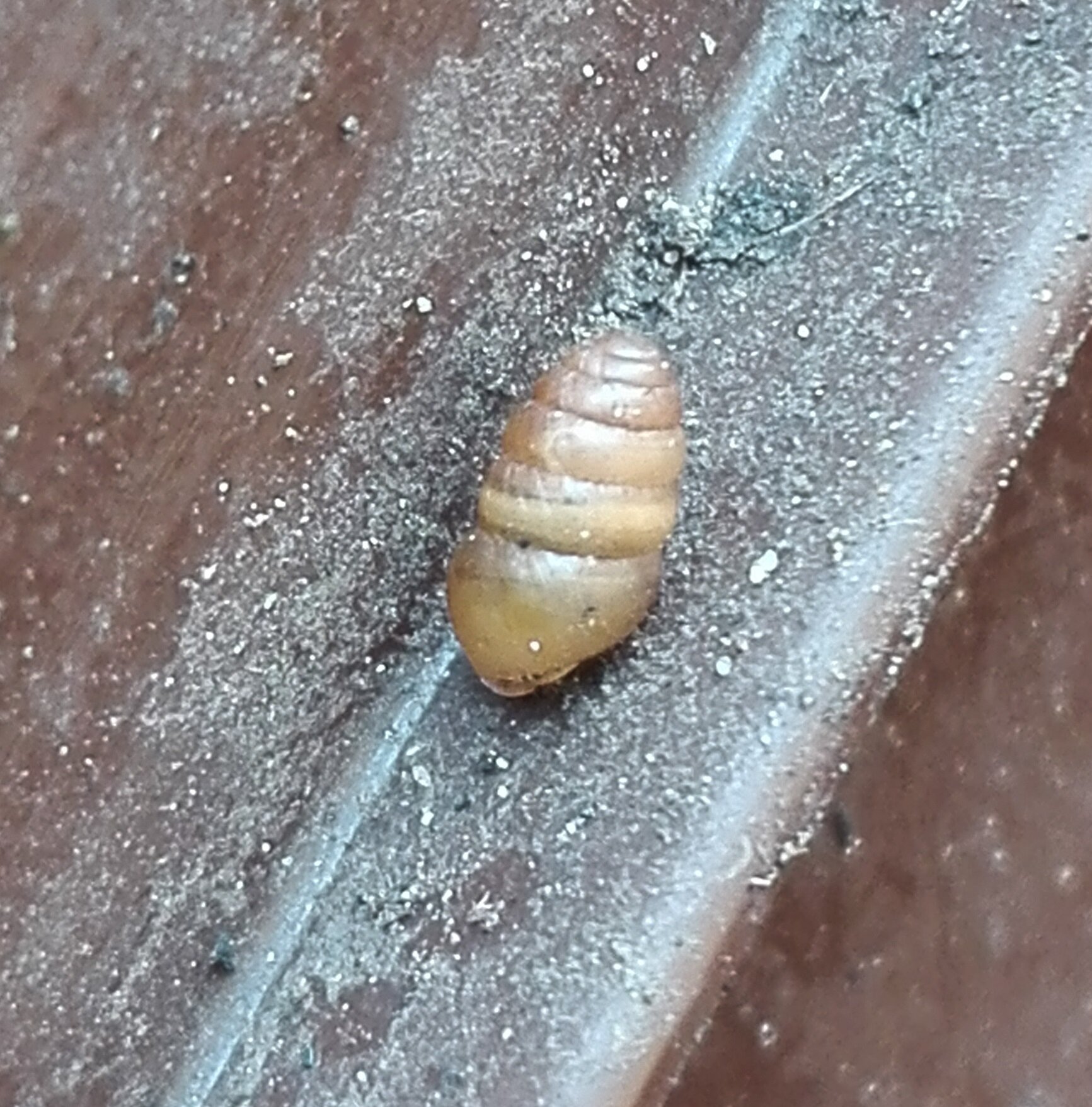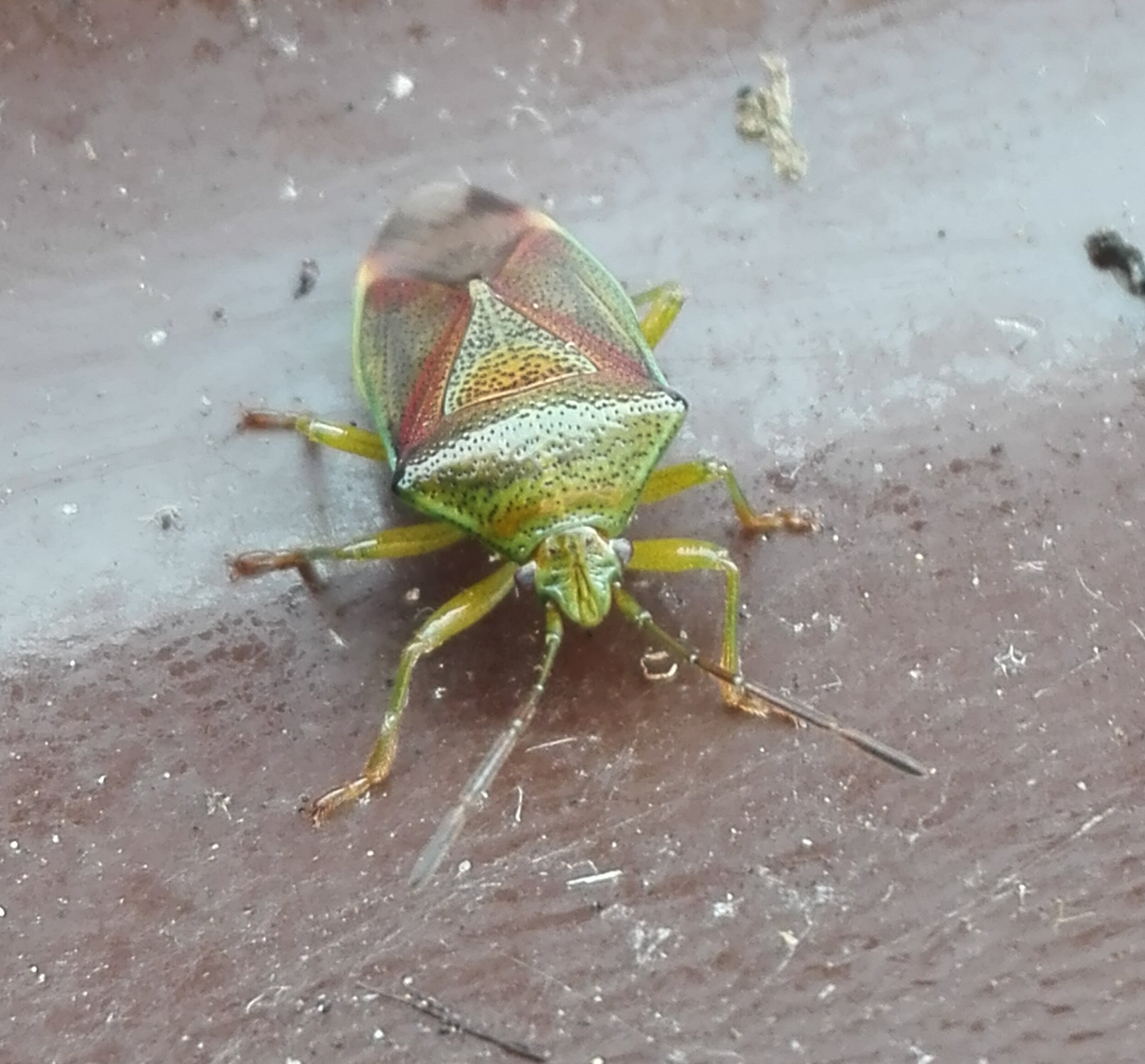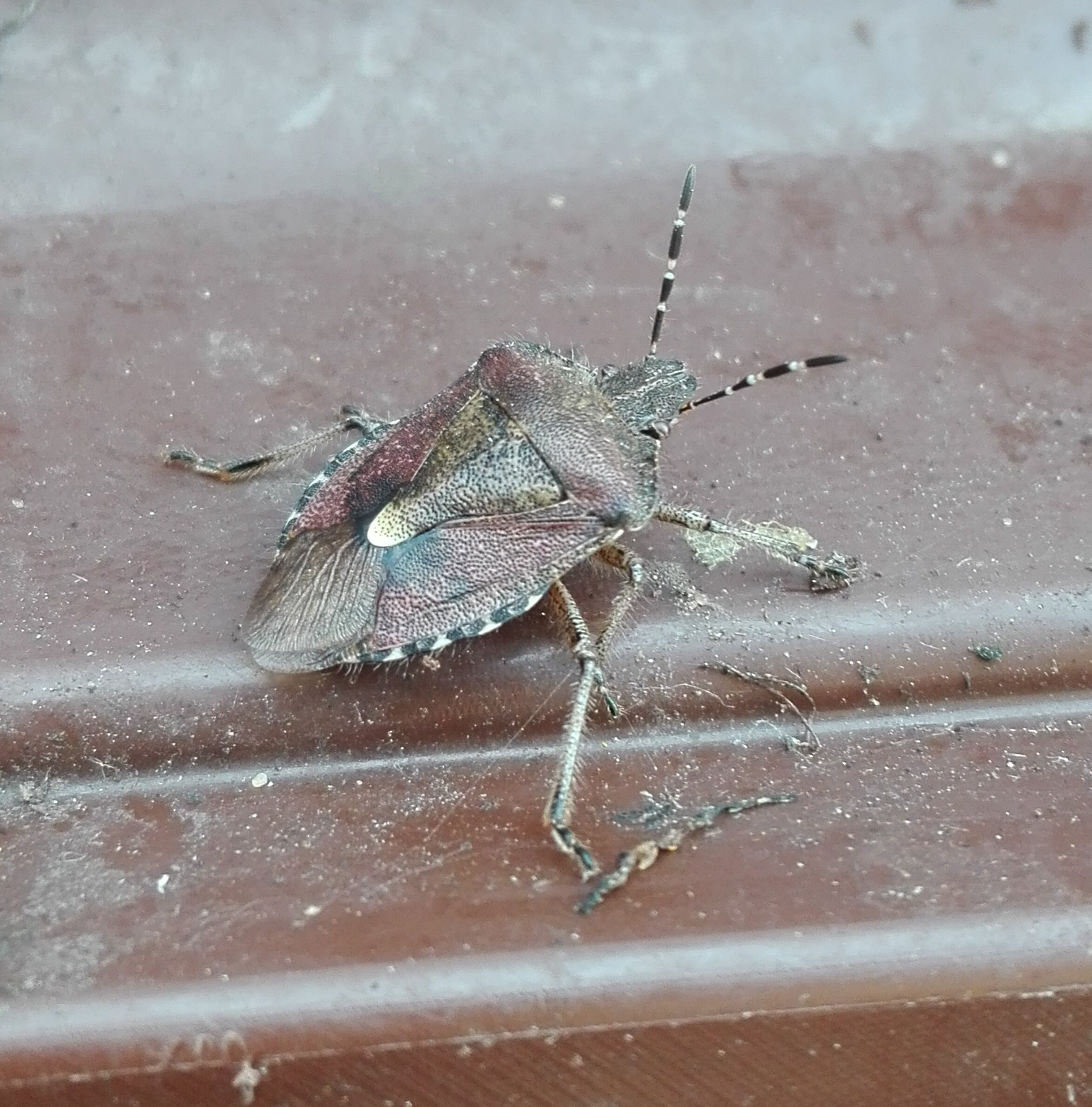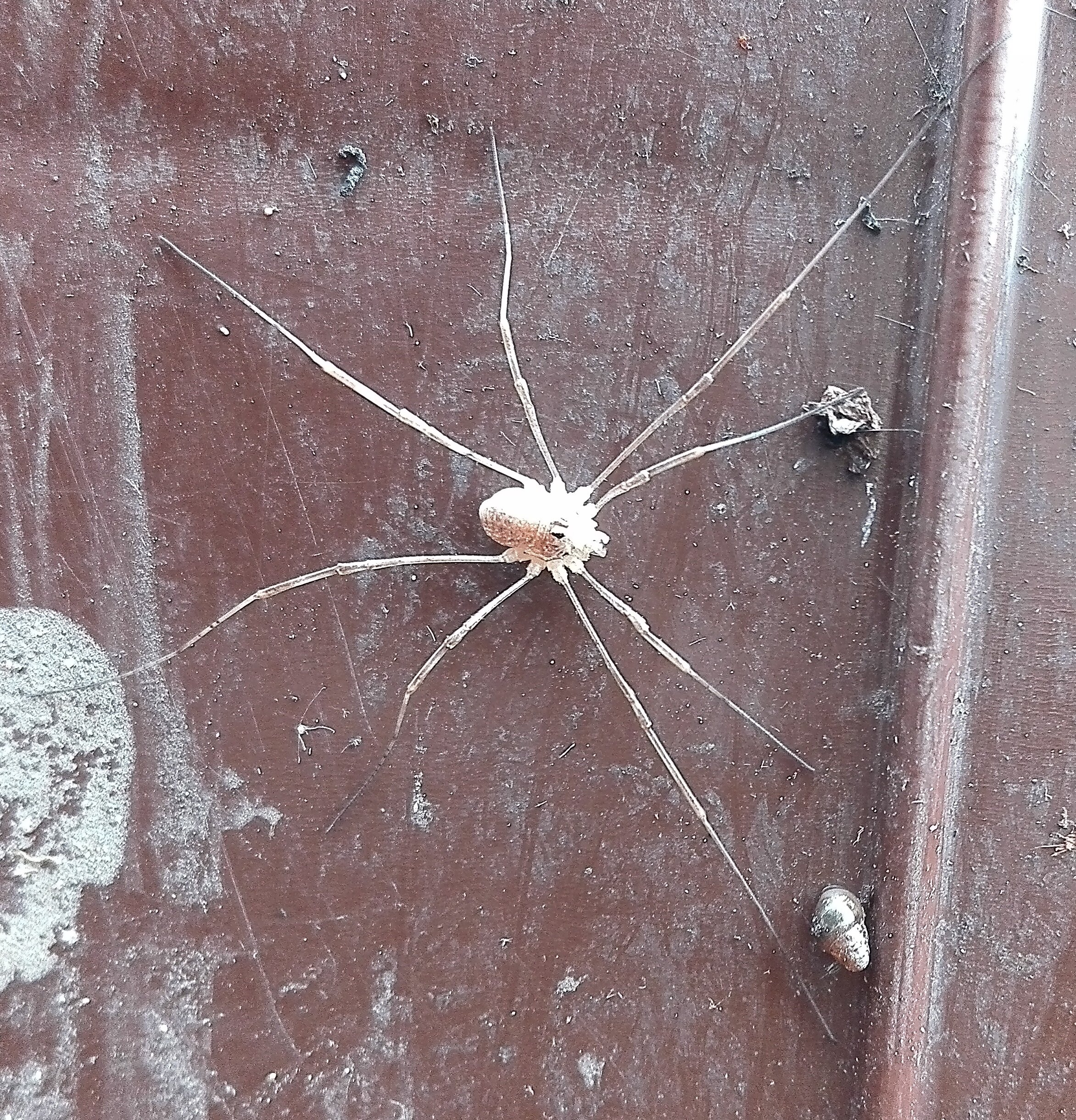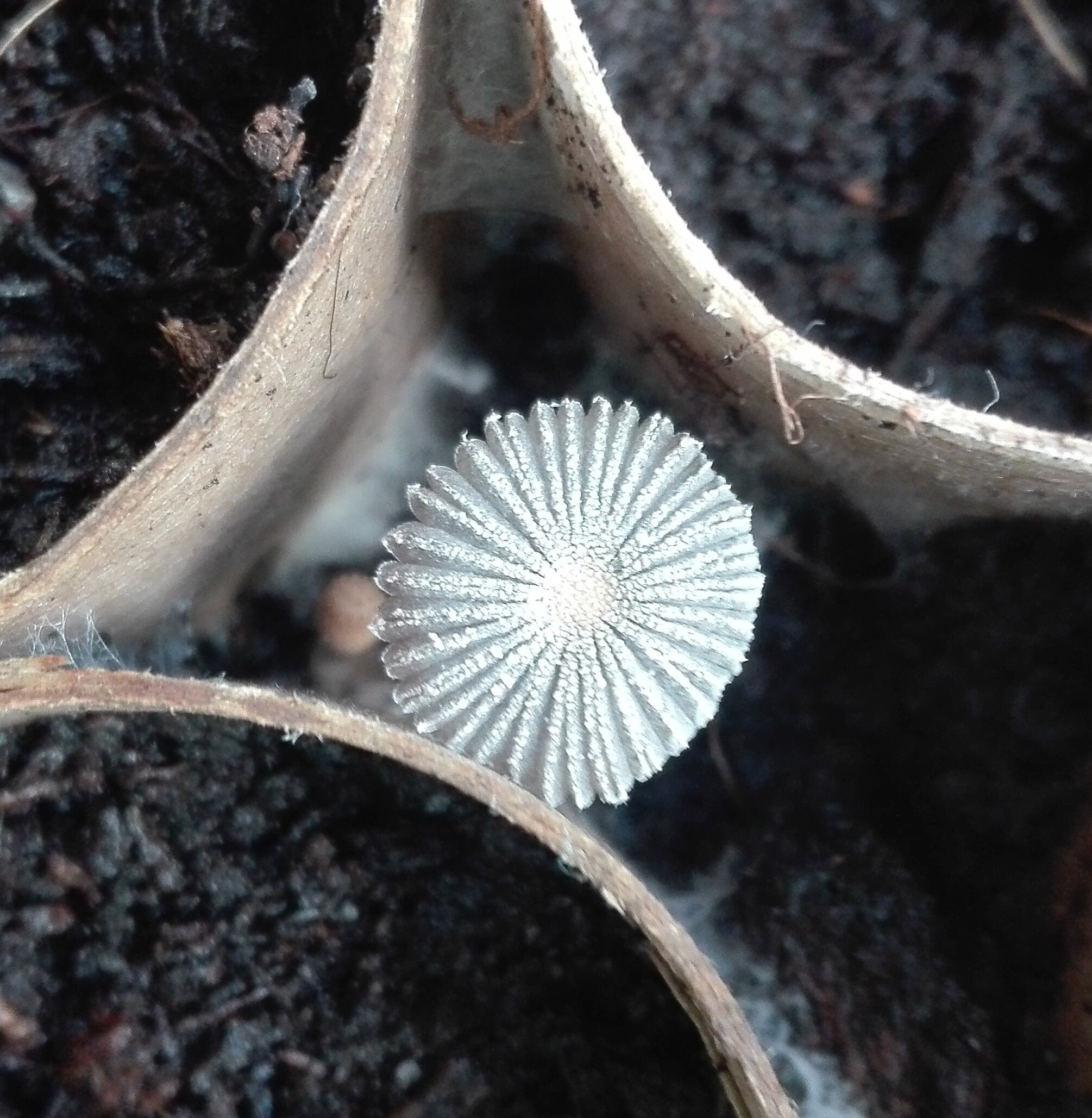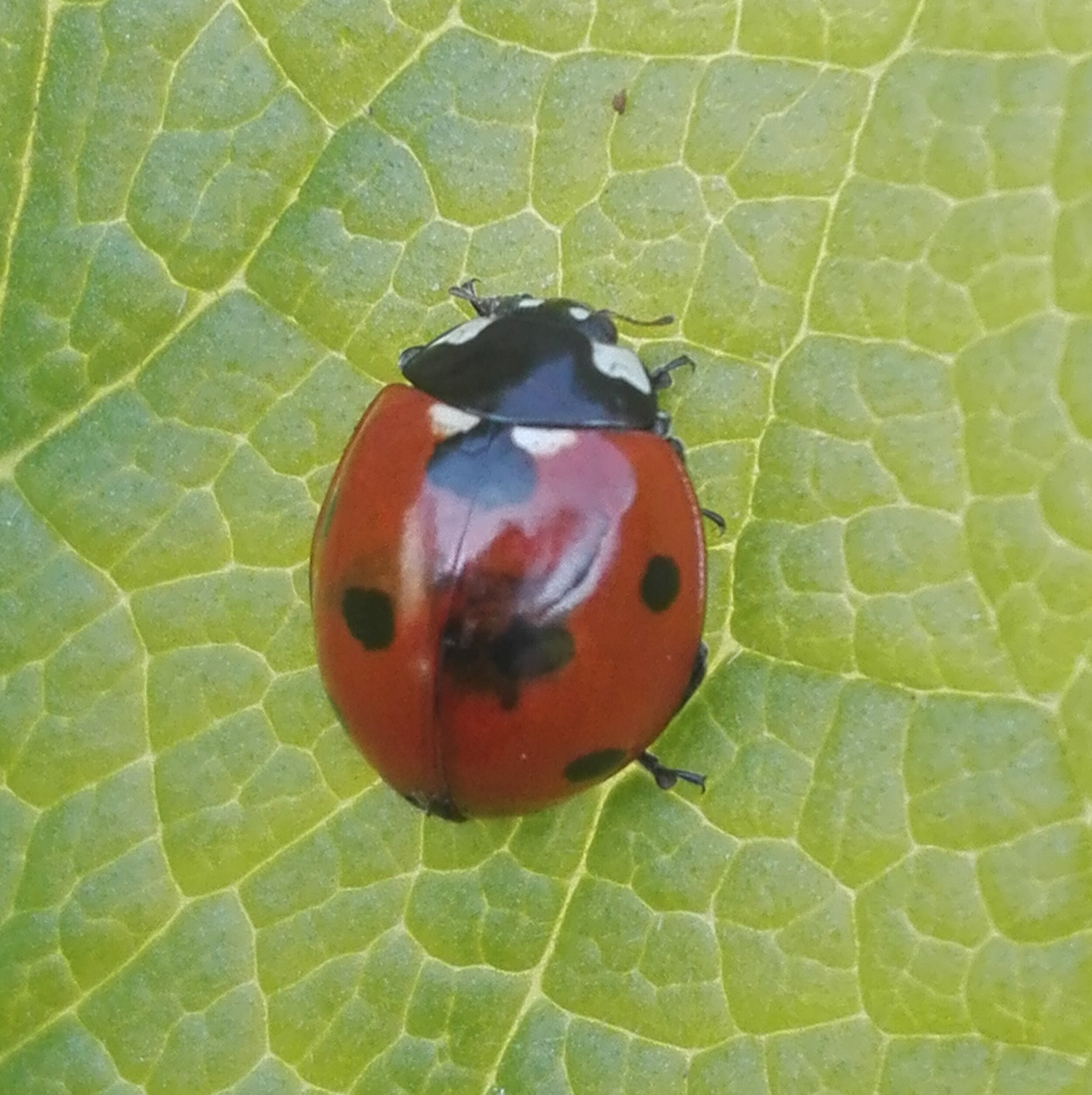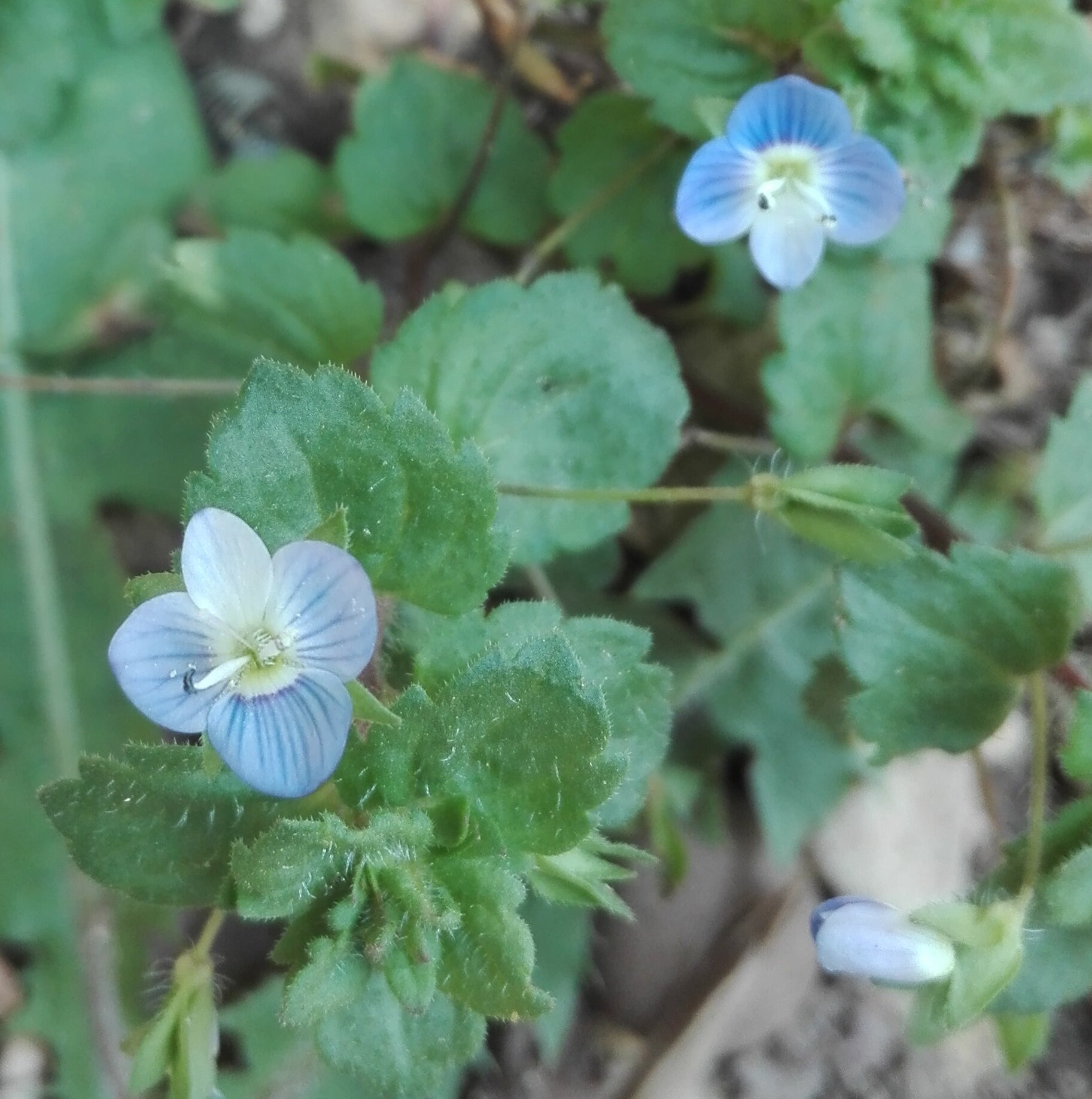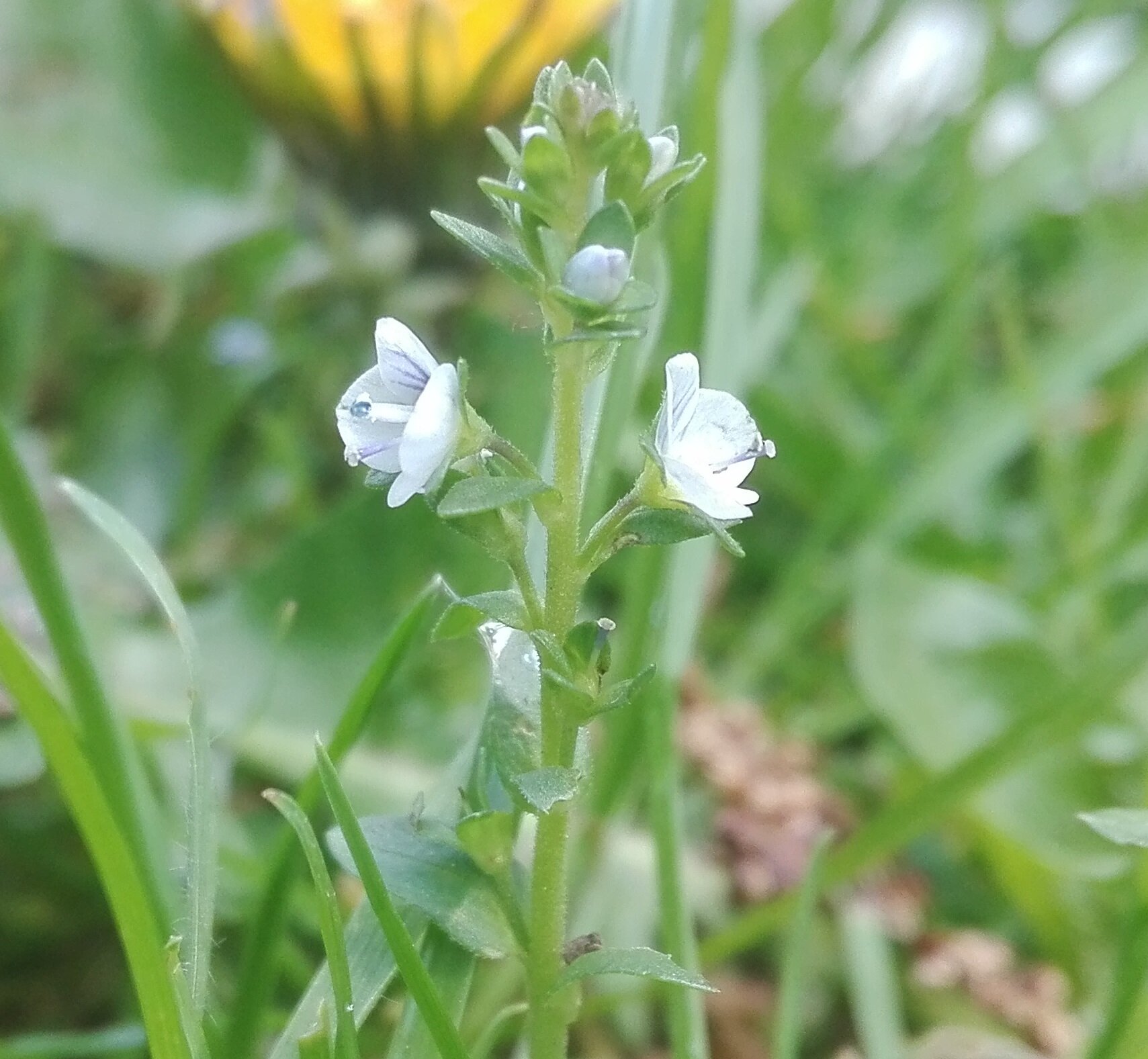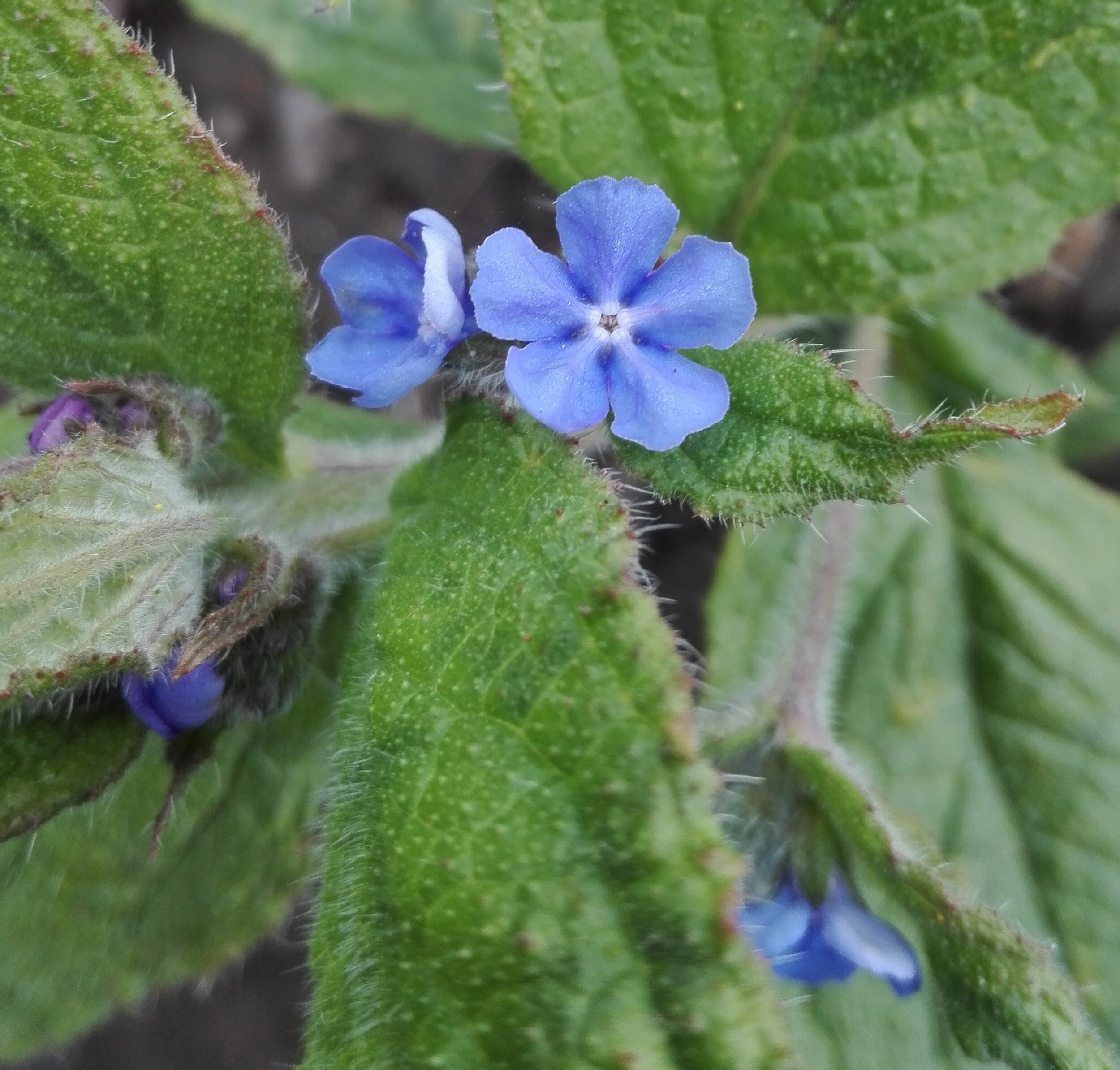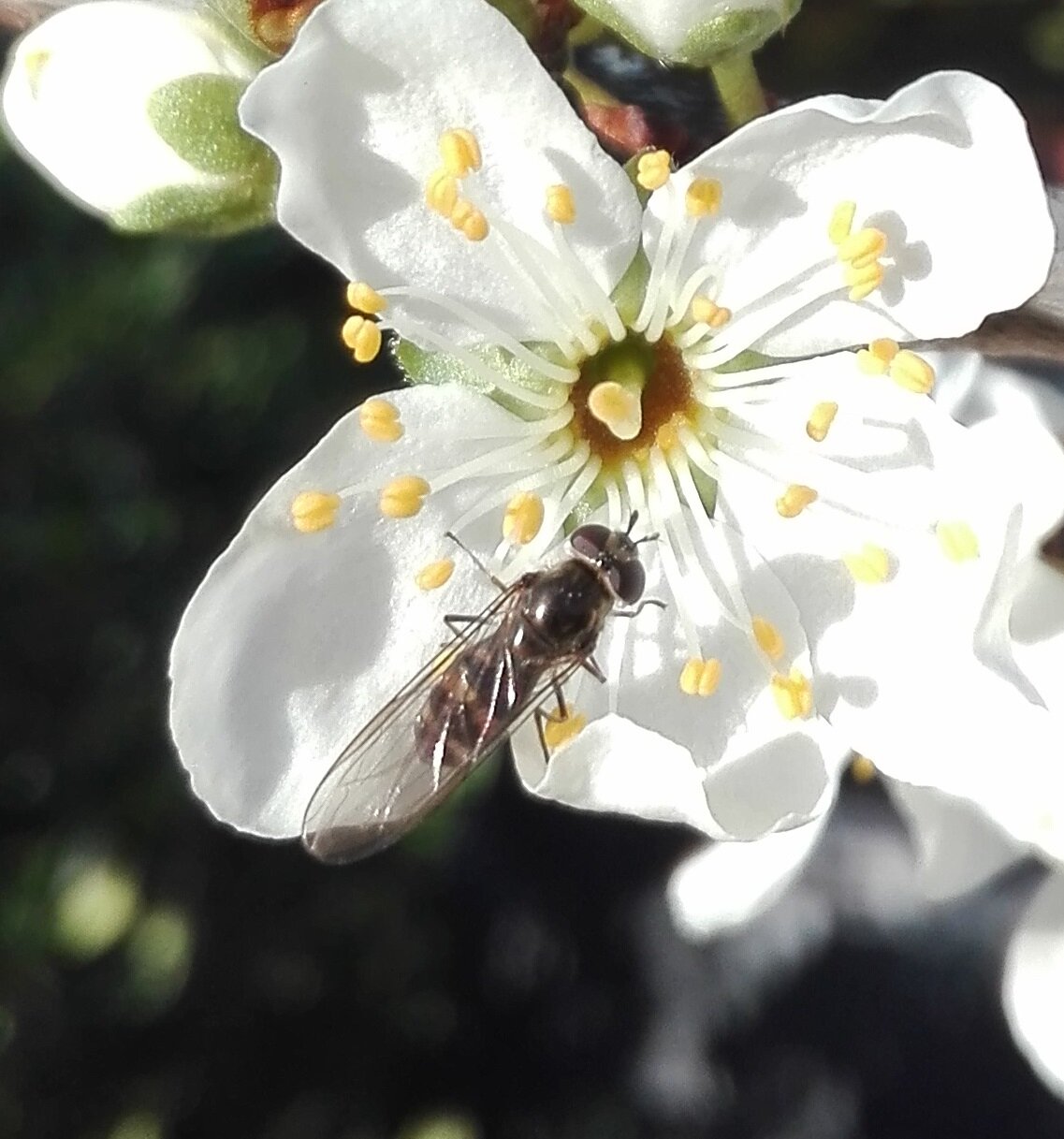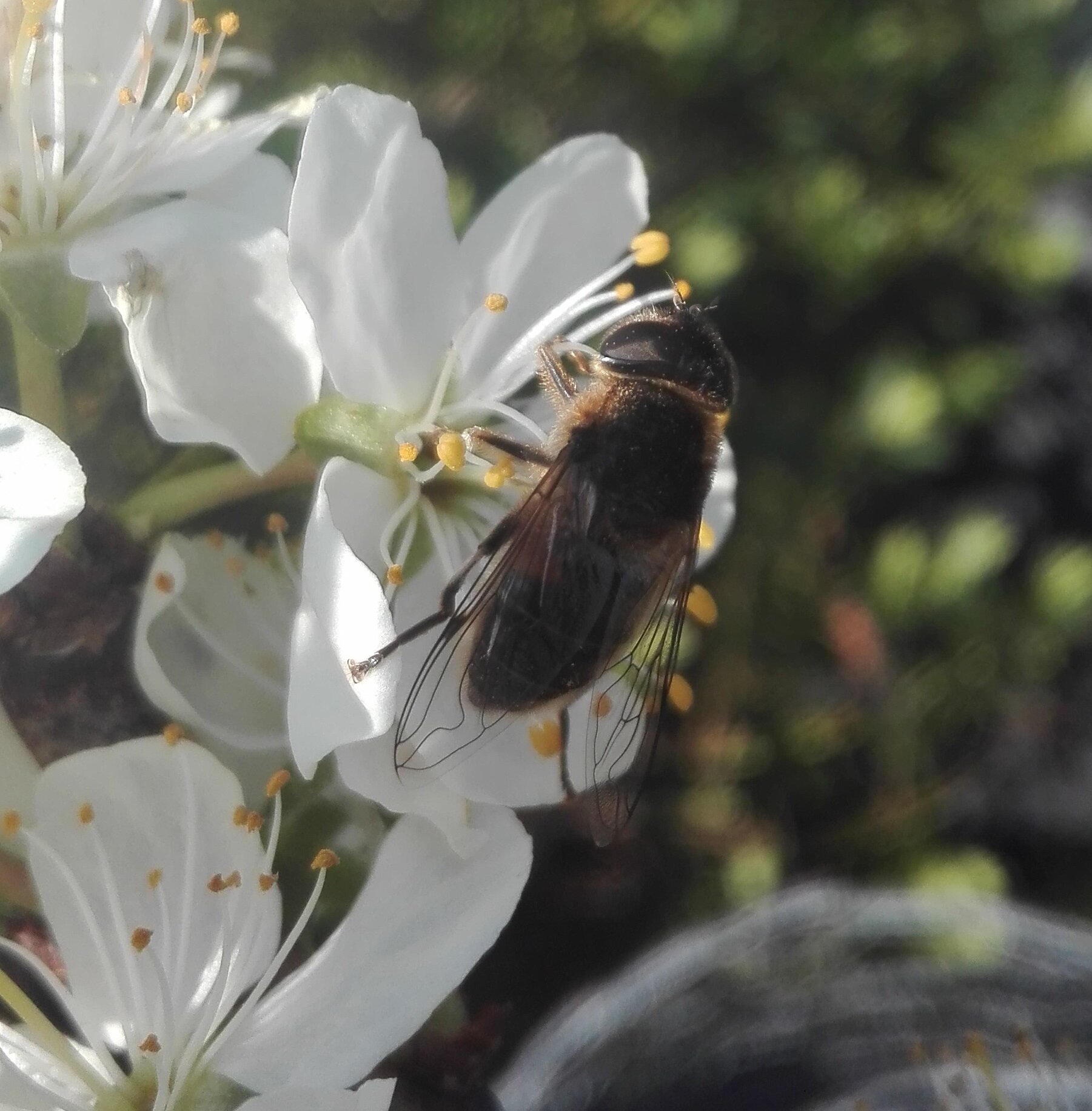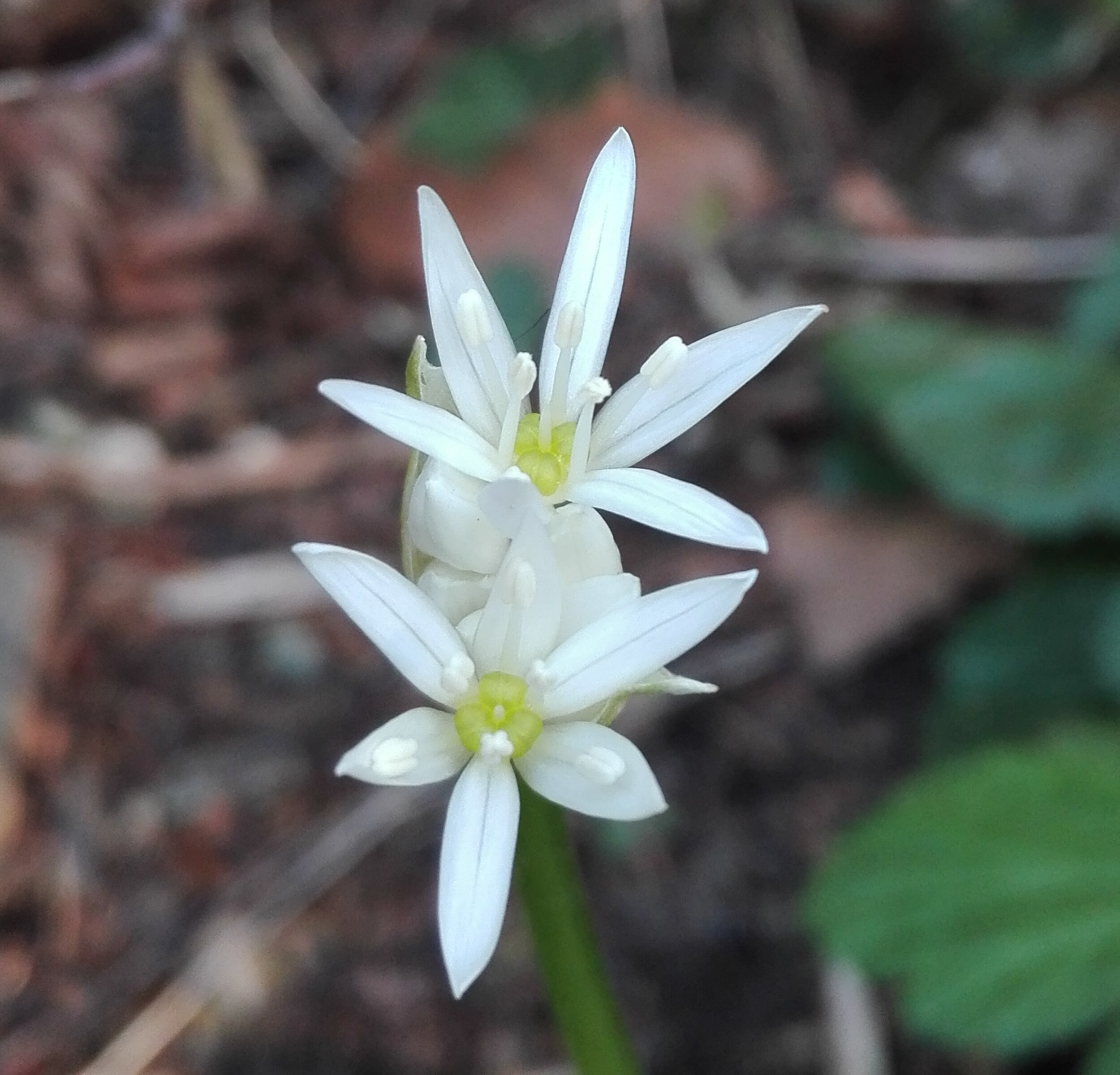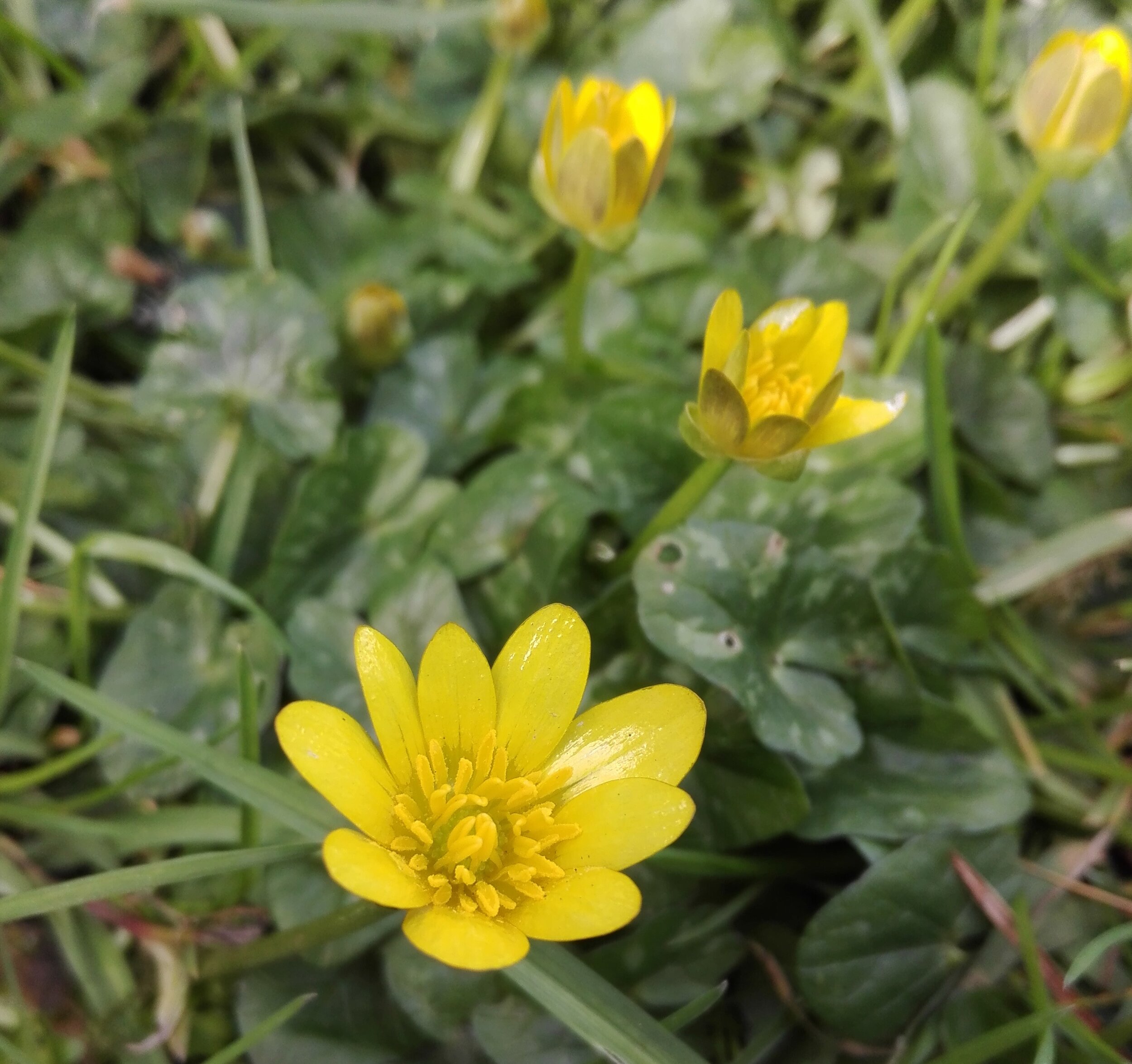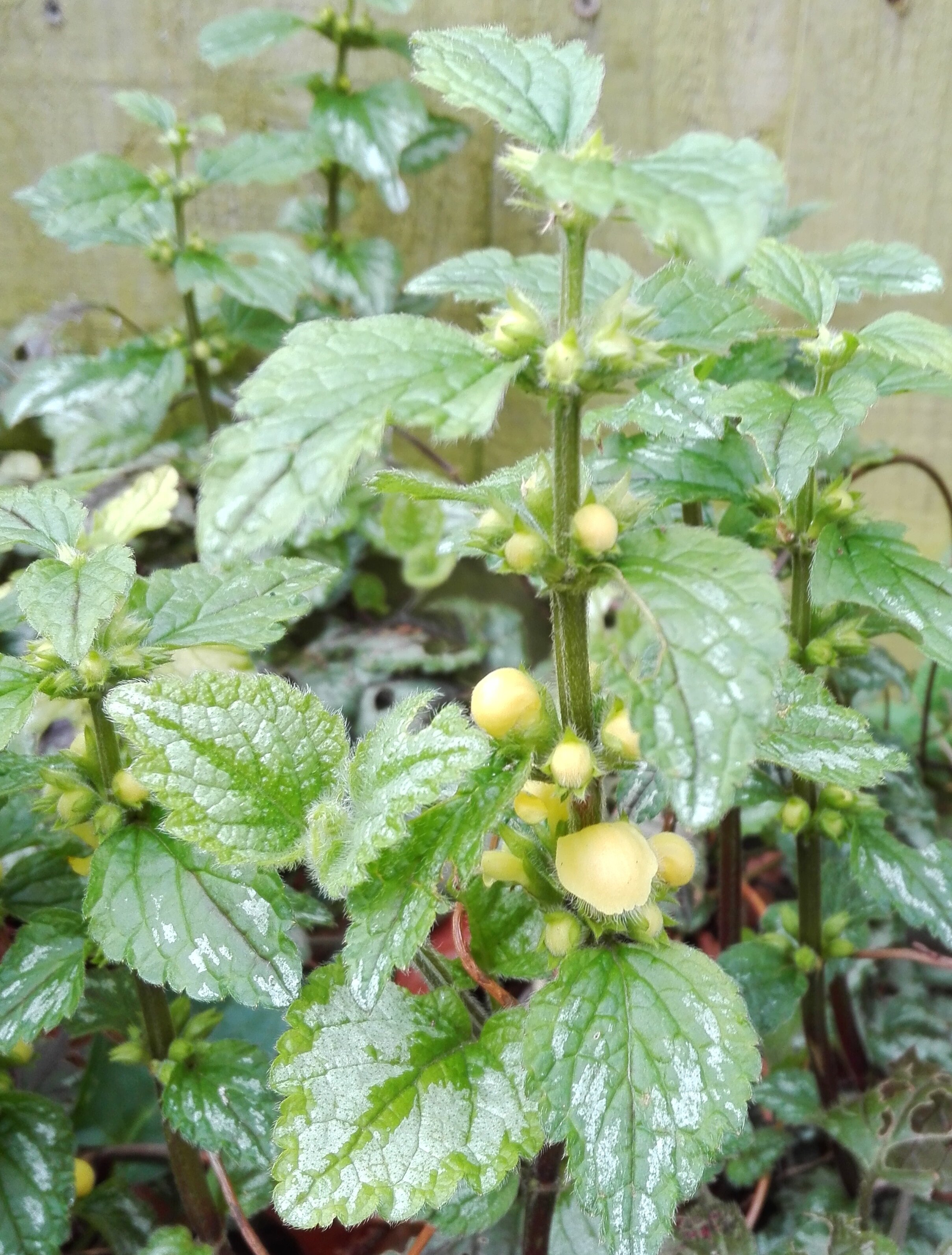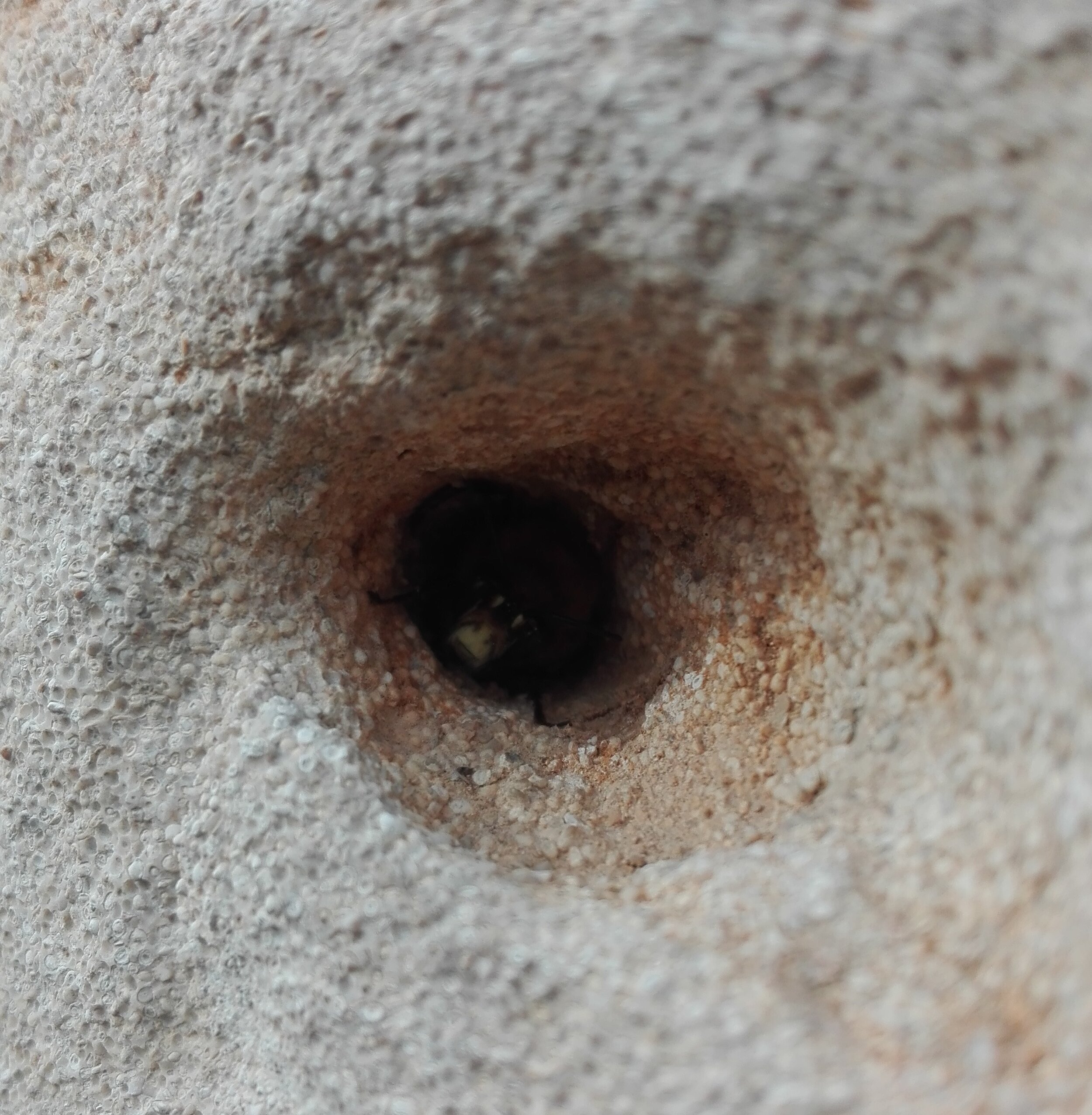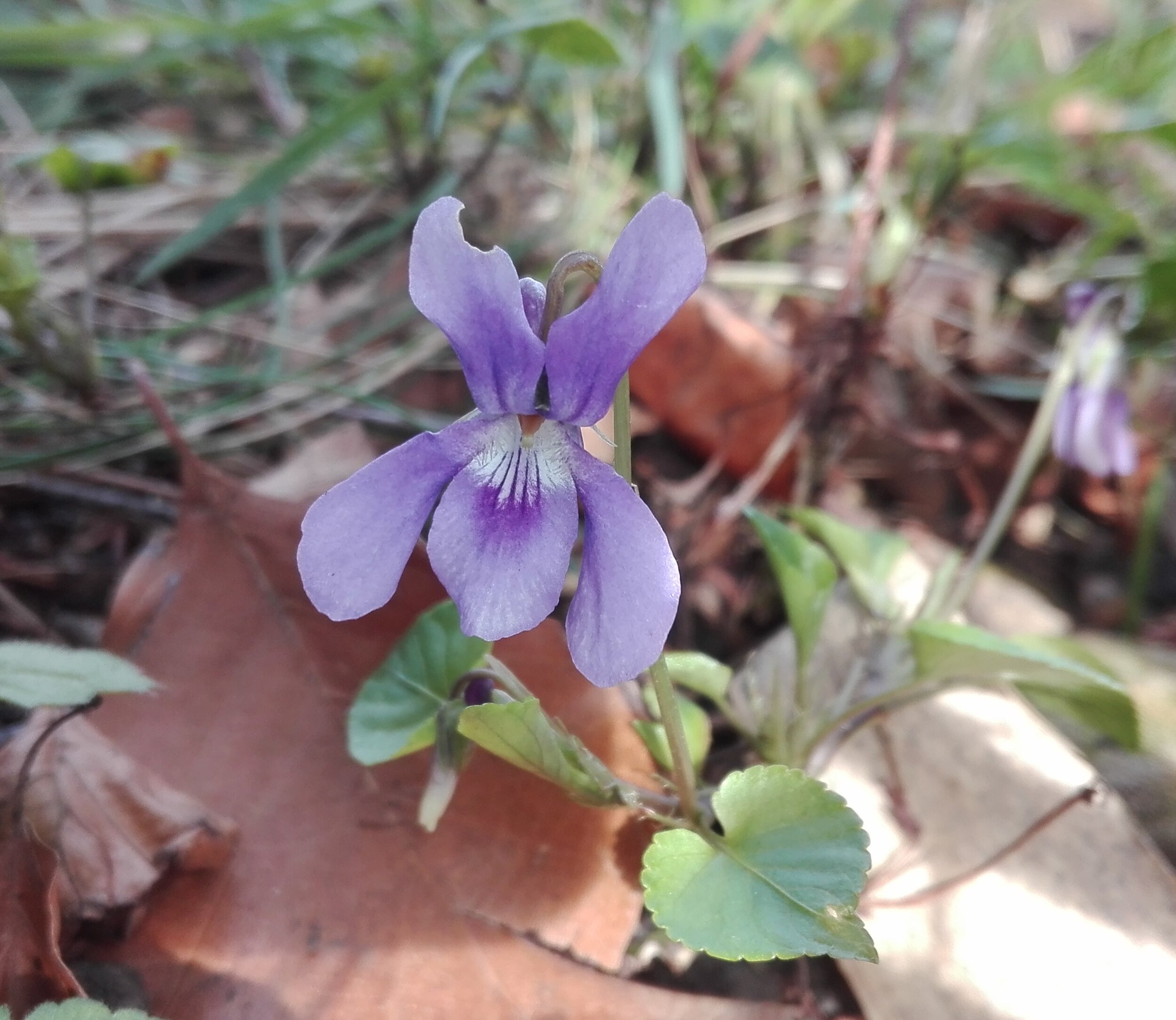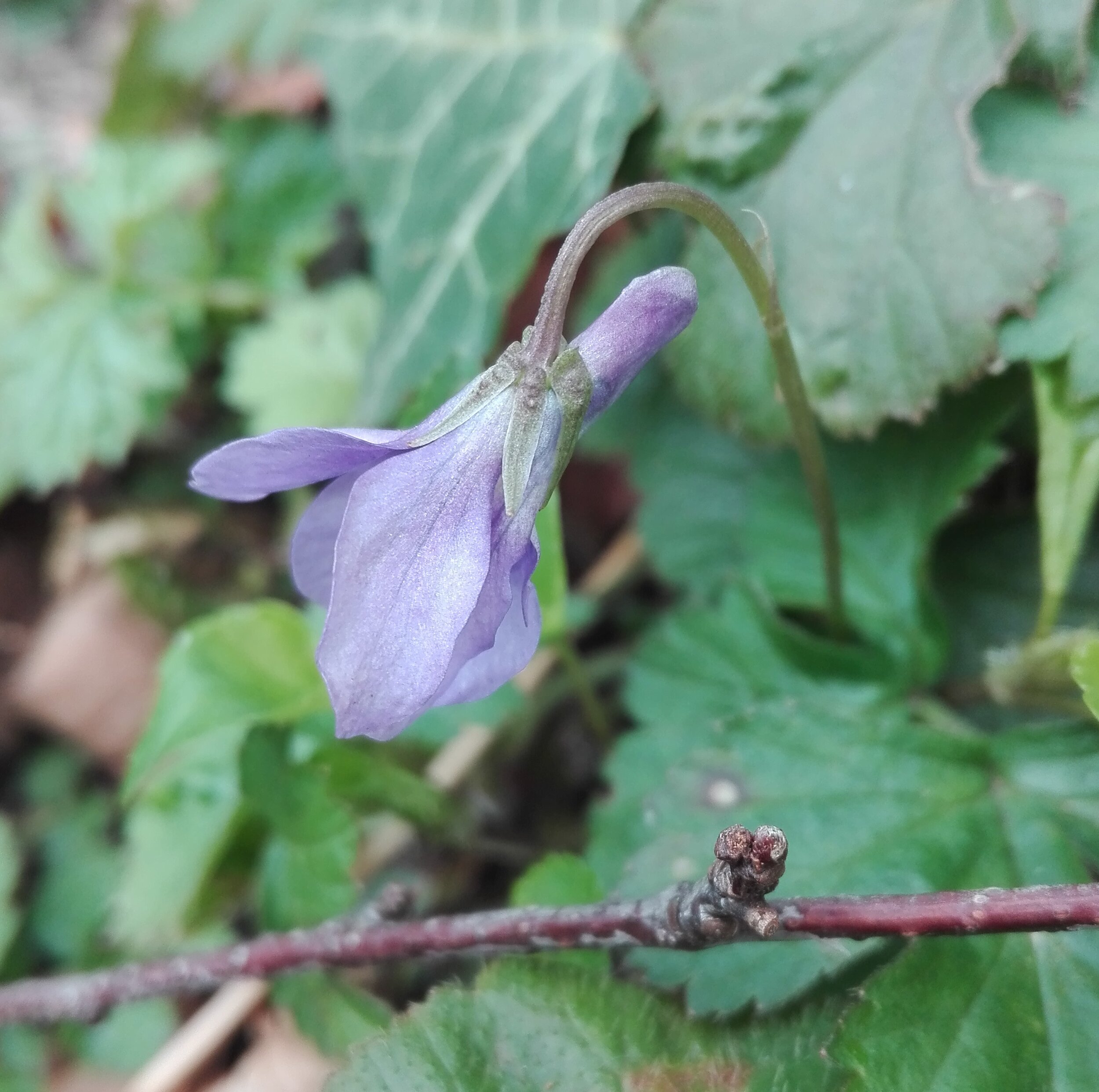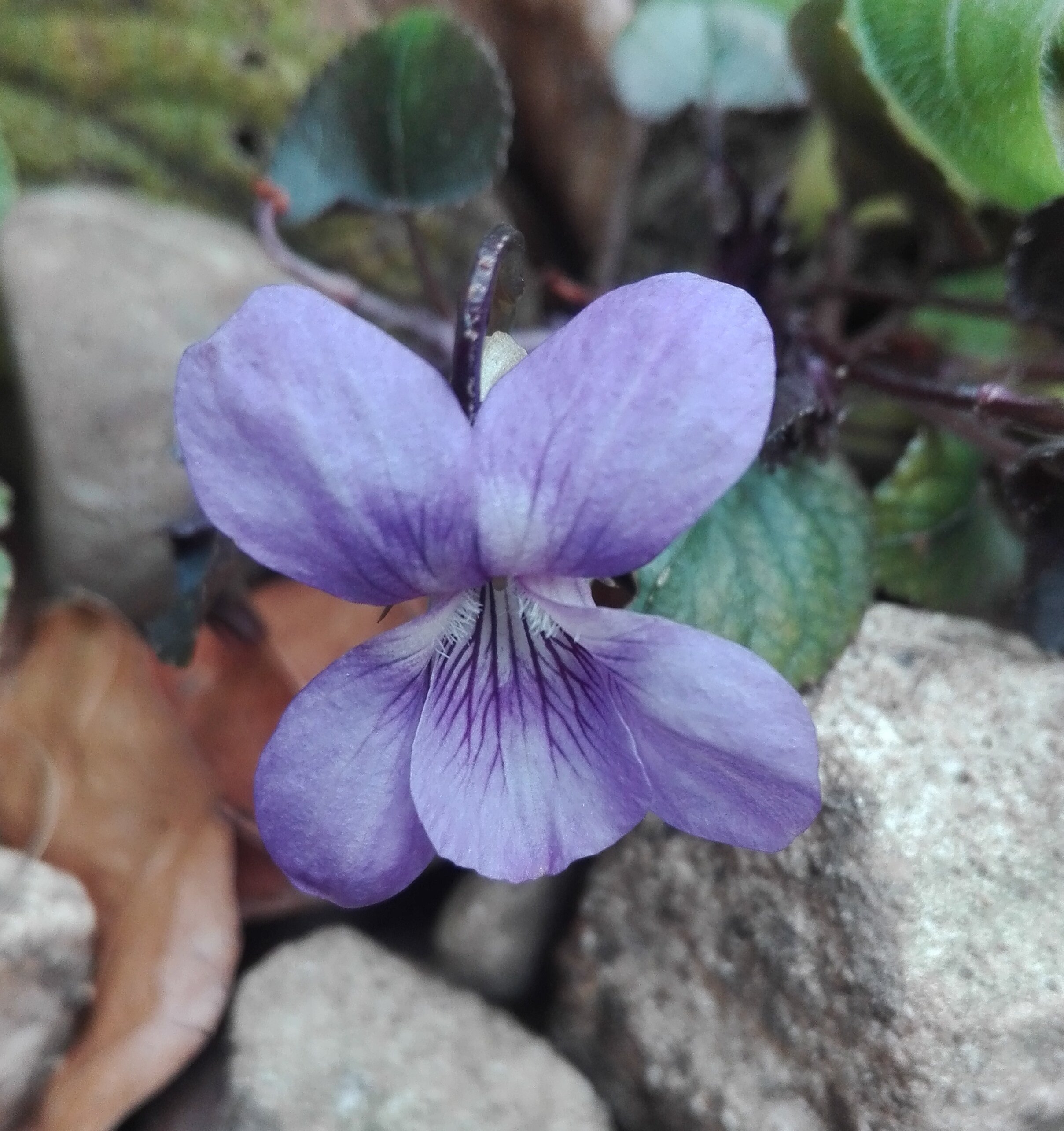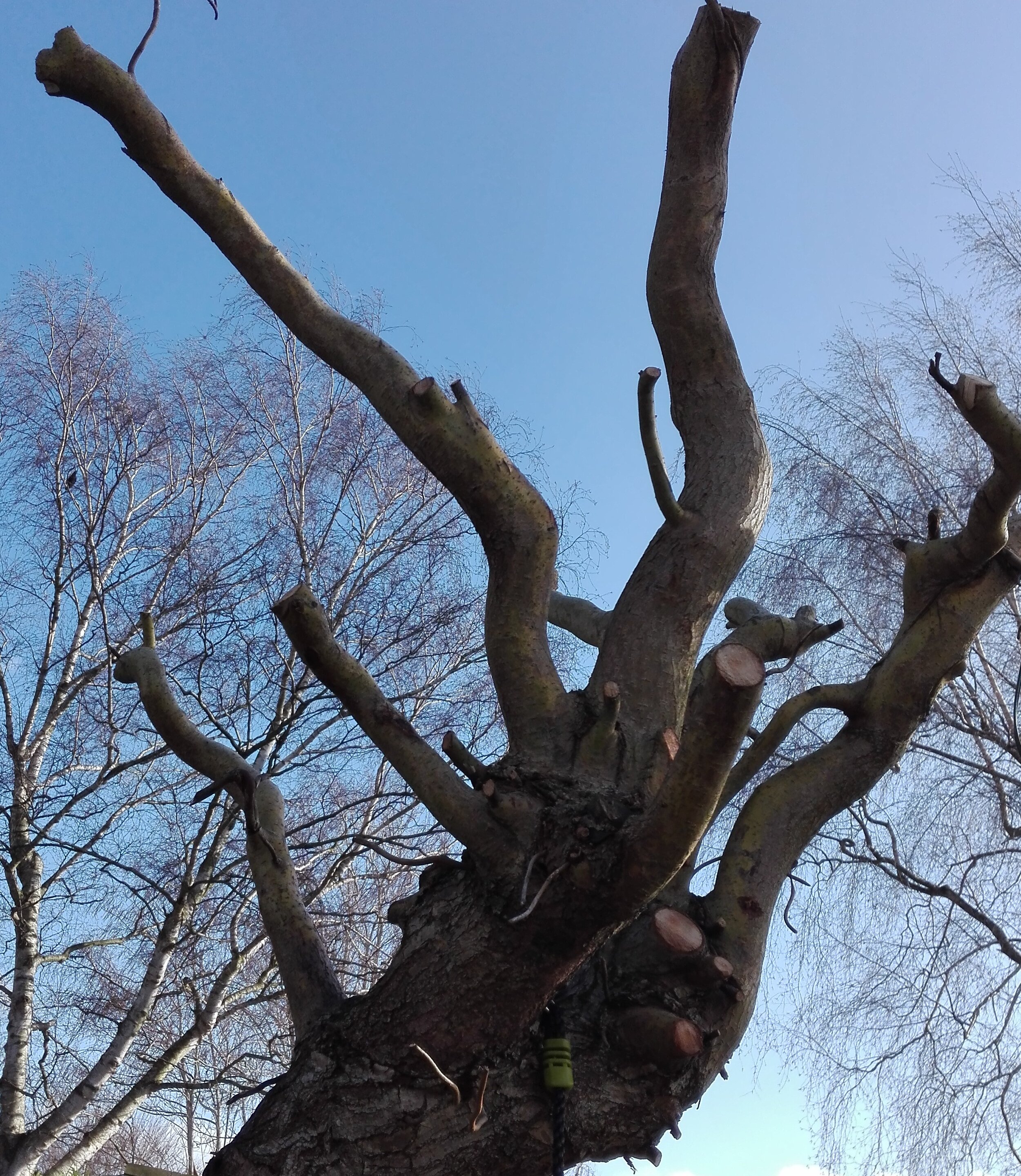Cylindrical Snails
/Among the other slugs and snails that were swept up in the weekend’s gardening, I came across several of these “cylindrical” snails; more than I usually find around the garden. I identified these as being two different species.
On the left, with its more elongated shape and shiny shell, there is the Slippery Moss Snail (Cochlicopa lubrica, #237)), also known as the Glossy Pillar Snail. With a length of 7 mm, this individual is quite a large one compared to other examples I found. The browner, duller and stubbier snail is the Common Chrysalis Snail (Lauria cylindracea, #563), which is a new species for my garden list. Neither snail is unusual in UK, but they are small and easily overlooked in the leaf litter.

